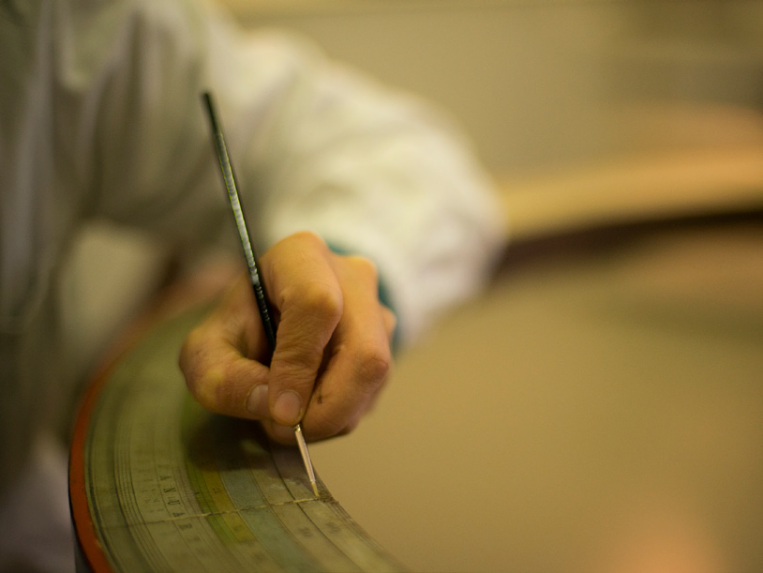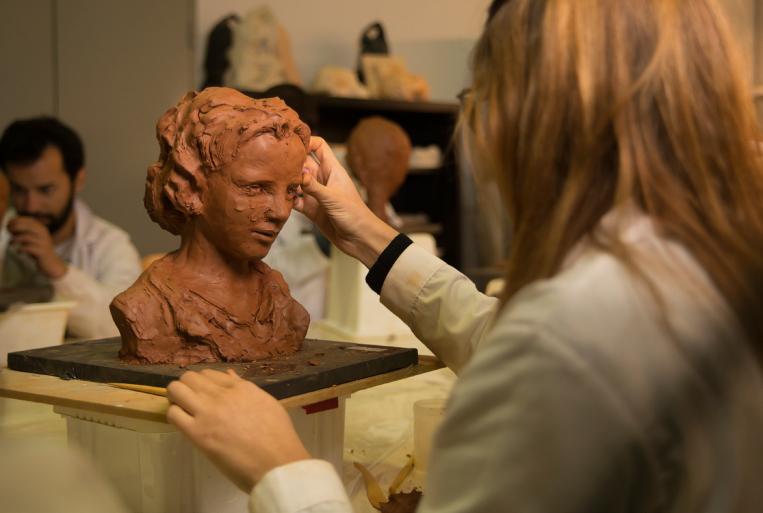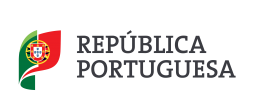Broadband course that enables the recruitment of candidates with different training profiles in the area of Heritage Sciences, promoting the crossing of interdisciplinary and transversal perspectives and experiences
Faculty that brings together specialists from the School of Arts and invited researchers with recognized academic and professional experience in the various specialty areas of the course
The doctoral plan works in a multidisciplinary context by nature, which allows for an offer of syllabus that covers several artistic and research areas
Association with the activity in the focus area of Heritage, Conservation and Restoration of CITAR, classified as excellent by the FCT. This classification, in addition to representing a high quality of research, also represents greater access to funding for projects and theses
The doctoral plan works fully in the English language, which makes it possible to cover a universe, both of doctoral students and guests, not limited by the language
EA and CITAR maintain a very strong and dynamic partnership with cultural institutions of the northern region of Portugal with a worldwide artistic dimension, such as Fundação de Serralves, Casa da Música and Gnration/Braga Media Arts. These partnerships allow doctoral students to have a privileged contact with contemporary production as observers and researchers, as well as allowing them to have privileged access to institutions and programmers as artists and creators
There is great diversity in geographic and cultural origin, as well as in the scientific preparation and previous development activity of the vast majority of doctoral candidates. This diversity creates a unique synergy and context, favoring the development process of research and artistic projects.
EA, with its offer of degrees and masters in the area, integrates students in a dynamic and lively environment, with opportunities to develop more complete academic skills profiles
Support for the development of applied research in the theoretical and practical scope through the CCD that integrates the national FCT roadmap for research infrastructures of strategic interest. In addition to the exclusive subjects, doctoral students can attend all the curricular units offered in the different areas of specialization of the Master in Conservation and Restoration of Cultural Assets, which will allow doctoral students to obtain technical and practical knowledge that are decisive for the development of their theses.






